They work on a variety of projects, including commercial and residential properties, parks, gardens, playgrounds, and more. We collaborate with architects, engineers, and other design professionals, as well as our colleagues in Archaeology, Arboriculture, Contracting and Ecology to create and realise functional and visually pleasing outdoor spaces that balance and meet the needs of the client, the local community and the environment. We aim to create sustainable and liveable outdoor spaces that conserve and enhance the natural environment, improve quality of life and promote health.
A Landscape and Visual Impact Assessment will be submitted as a chapter of an Environmental Impact Assessment (EIA) for sites where an EIA is required. On the other hand, a Landscape and Visual Impact Appraisal is a standalone report, which generally accompanies a planning application. Whether the proposed development is EIA or non-EIA, the LVIA will cover the effects of the proposed development on the landscape character of the site and the local area, as well as capturing the effects of the proposal on visual amenity – i.e., where can the site be seen from in the local area, and how will these views change on construction/operation of the proposed development. A well-prepared LVIA can identify the potential effects to notable receptors; allowing guidance and mitigation to be prepared to minimise or avoid negative effects on the local landscape character and visual amenity.
Brindle and Green have experience in preparing professional reports for various developments, ranging from small-scale individual properties to larger multi-phase residential and industrial development. Each report is detailed; following the industry standard ‘Guidelines for Landscape and Visual Impact Assessment (3rd edition)’ as published by the Landscape Institute and IEMA, and other relevant guidance such as Natural England’s ‘Approach to Landscape Character Assessment’. We have undertaken LVIAs in a range of locations and settings, including within and adjacent to designated areas such as Areas of Outstanding Beauty and National Parks. Our friendly and helpful landscape team can also advise you on offsetting adverse effects or providing mitigation advice / landscape designs to reduce and prevent potential impacts.
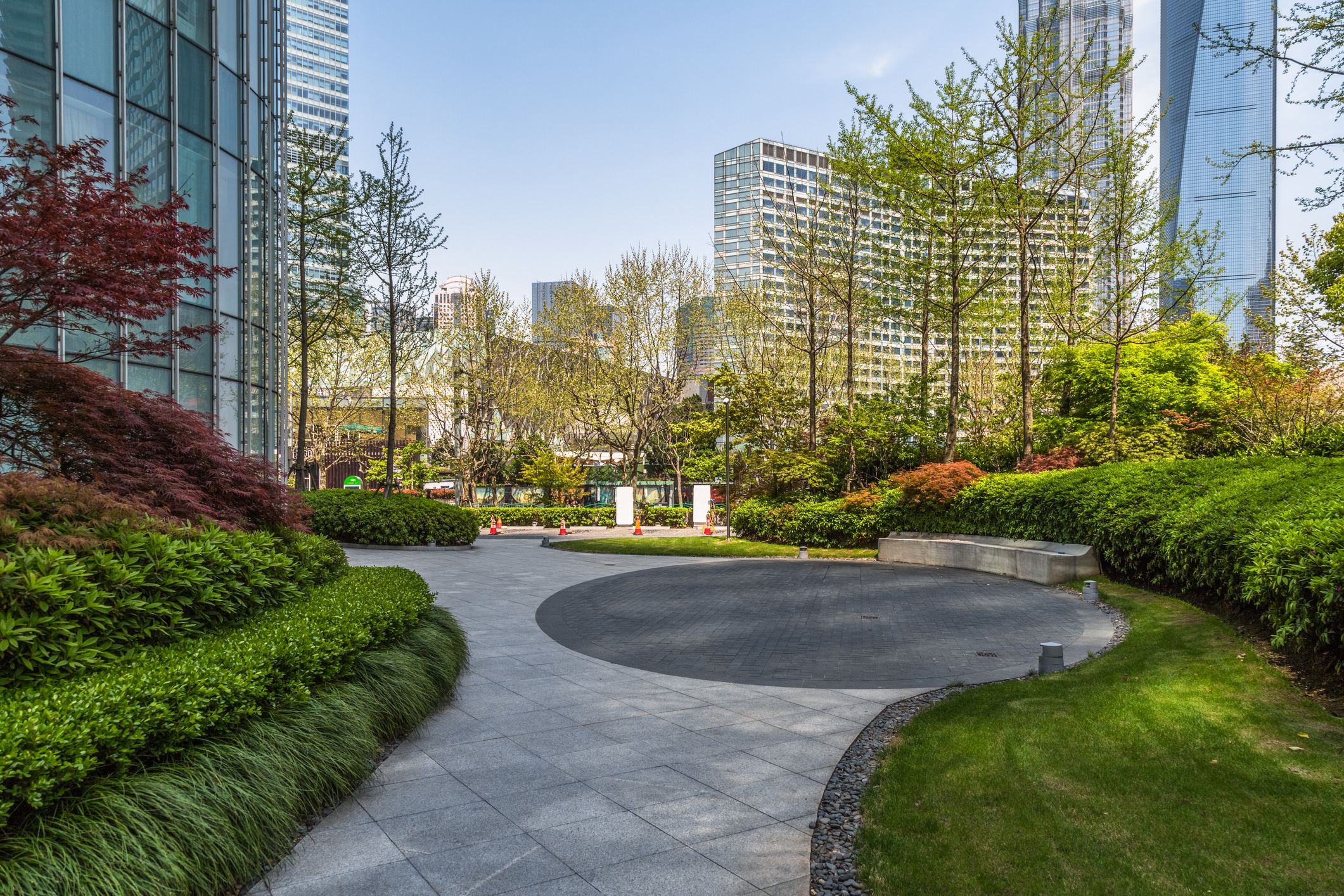
A well-designed development sits within the surrounding landscape and/or townscape, and contributes positively to the local character, enhancing the area for both people and wildlife alike. Our landscape team is available to help with landscape design work at any stage of the development process, but we are most effective and able to make the most difference when brought in early during the feasibility or concept stage.
This drawing shows how the proposed development will sit within the site boundary, illustrating the key landscape features within the site, the location and massing of any retained vegetation, location and massing of proposed landscape planting (including an indication of some of the species envisaged), as well as the locations and scale of any hard landscape treatments such as surfacing, paving, fencing and/or walling (including an indication of materials to be used).
Each site is different, but during the design process we look to embed the site within the surrounding landscape – using characteristic elements, species and materials from the local area – as well as aligning with wider ecological, heritage, recreation and drainage objectives.
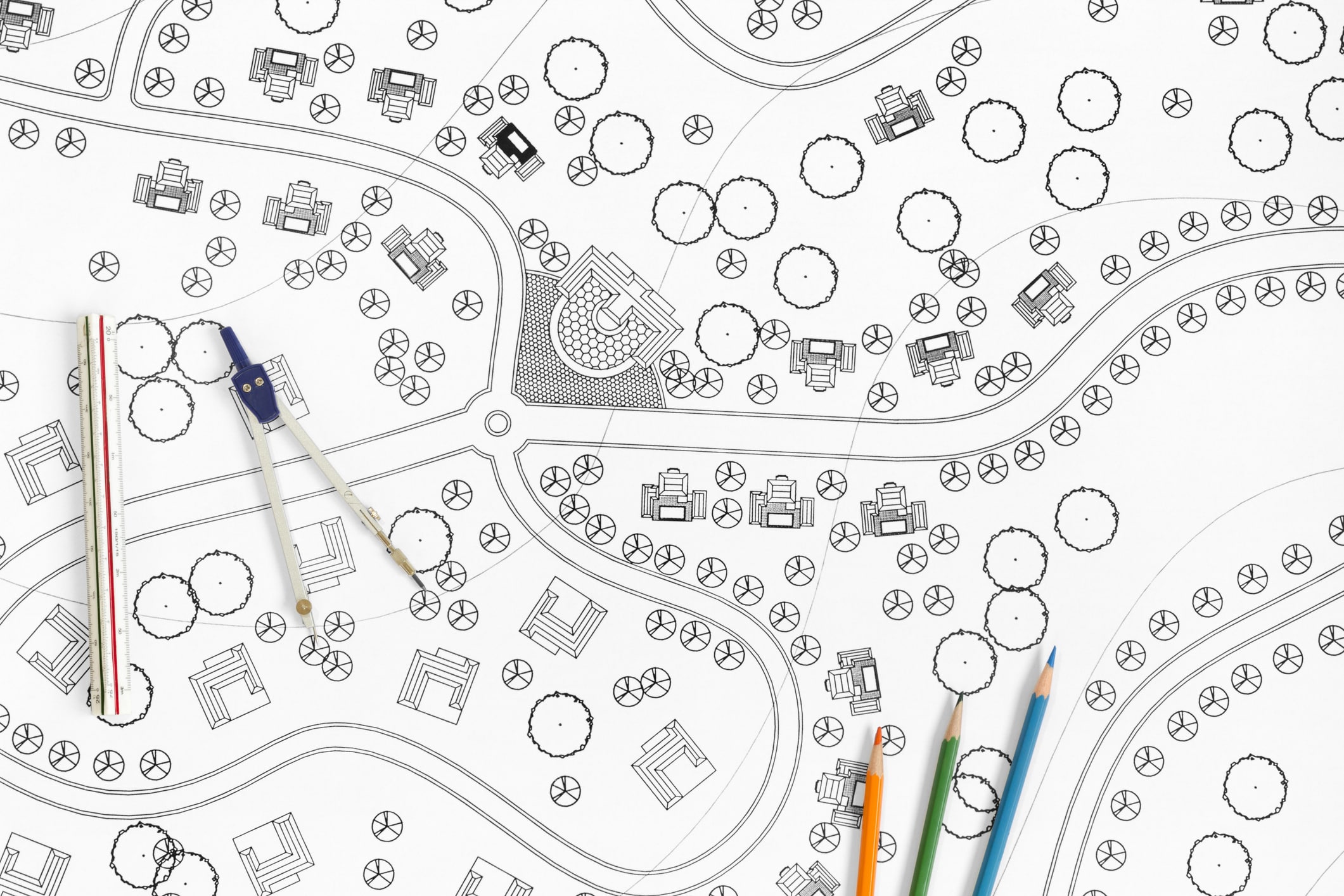
Our team of landscape architects is experienced in the preparation of detailed landscape designs, taking in RIBA stages 4 and 5 to bring your development to life. We are able to produce drawings which are suitable for construction, as well as preparing documentation which can be used to put the construction contract out to tender.
This includes elements such as hard and soft landscape specifications, construction details, planting and hardworks schedules, schedules of rates and inputs into bills of quantities. Our services also incorporate CDM health and safety responsibilities where, as a designer, we need to consider health and safety during construction operation and maintenance in our designs. We are able to produce CDM Landscape Designers Risk Assessments, which can feed into a wider CDM risk assessment for ultimate incorporation into a health and safety file.

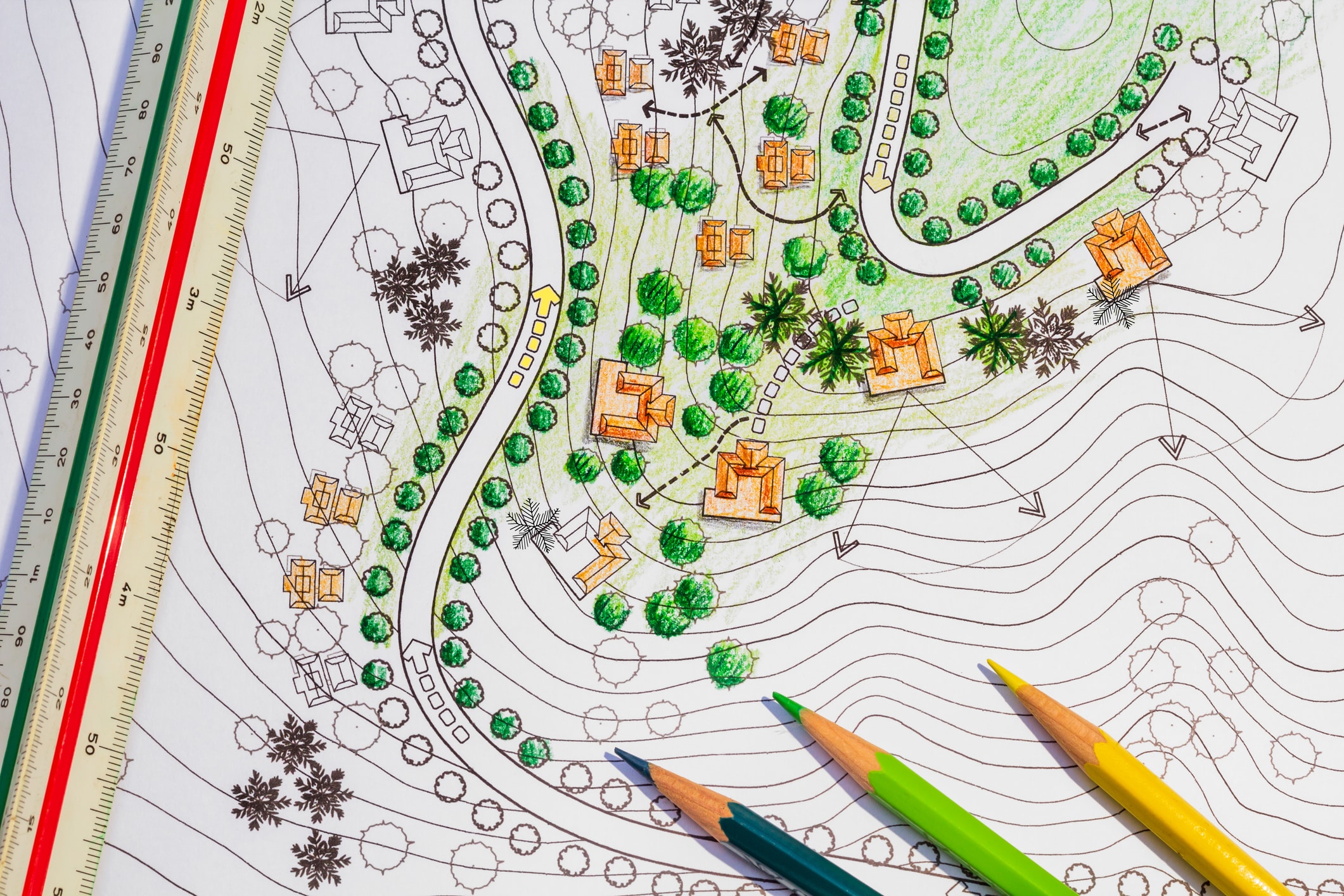
Whether the hardworks within your scheme are covered elsewhere, or you require a planting plan as a standalone deliverable, at Brindle and Green, we are here to help. Our landscape team has a wider experience in producing planting plans for schemes ranging from individual properties to large developments such as housing or infrastructure.
We apply our specialist knowledge and expertise to select the right plants for the right place. This can range from a fully native planting scheme to tie in with ecological requirements and landscape character; a mixture of native and ornamental species to provide a balanced look and feel; or a fully ornamental scheme for that ‘wow’ factor. We have experience dealing with tricky site conditions and various maintenance and budget requirements and will work with you to ensure that the proposed planting fits with your requirements whilst also being beneficial to the environment and fitting into the surrounding landscape.
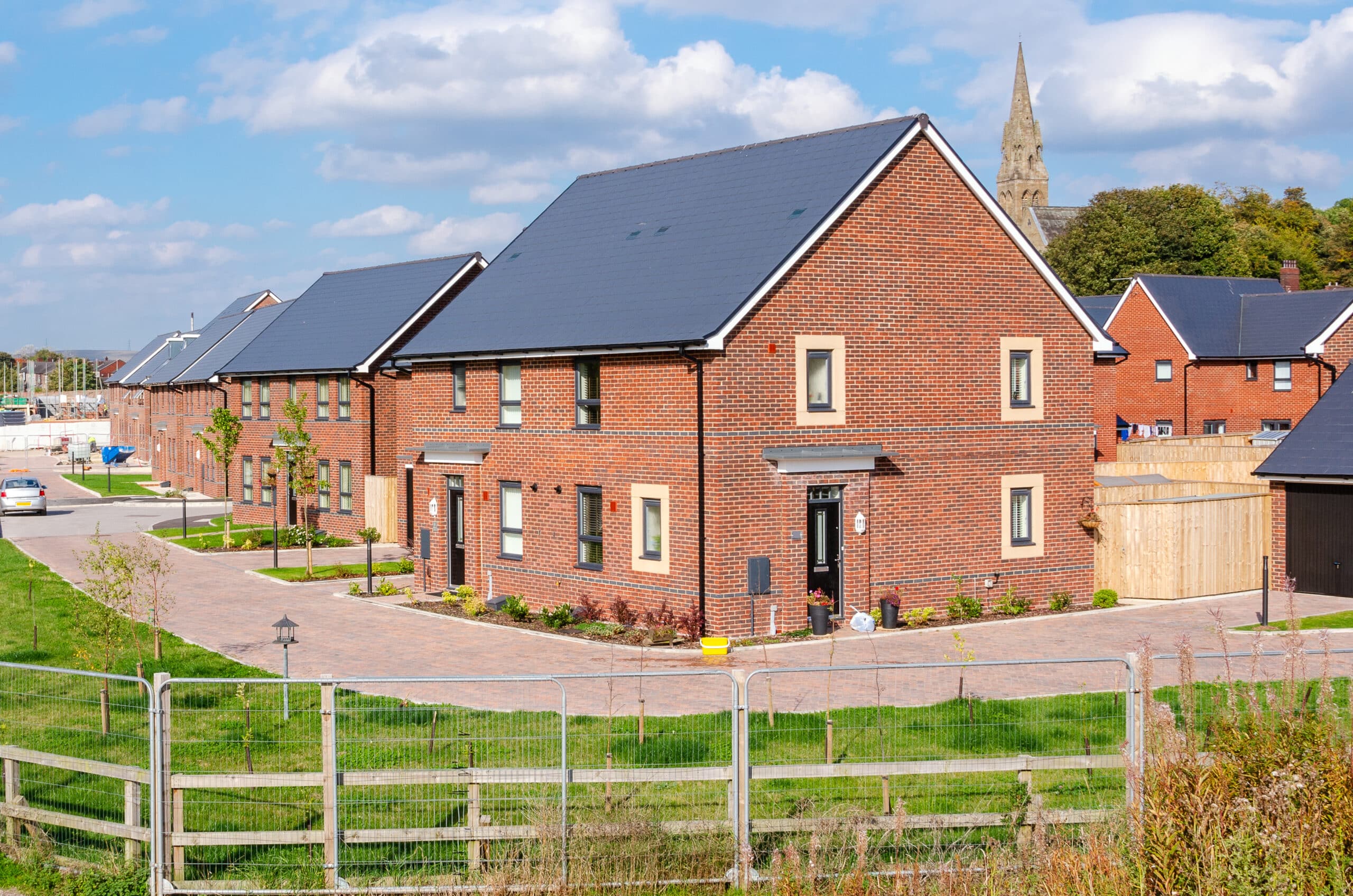
Brindle and Green are able to produce Landscape Management Plans for hard and soft landscape schemes. Often required by planning condition, these documents set out the proposed maintenance and management regime to keep your scheme looking its best for years to come. Typically, our Landscape Management Plans cover a 15-year period, with the first 5 years given to ensure that the planting establishes successfully and the remaining 10 years covering longer term maintenance and management which can be repeated in perpetuity.
Our reports will set out the aims and vision for the scheme in terms of its appearance and function, then set out a series of actions required to achieve that vision, and a series of inspection visits which will allow monitoring of the progress of this goal. If you also require a Landscape and Ecological Management Plan (LEMP), our Landscape Management Plans are fully cross-reference, ensuring continuity and cohesion between the two documents.
Once the scheme is ready for construction, the requirement for a landscape architect doesn’t stop there. There are aspects such as site inspections of implementation, contract administration and maintenance inspections which the landscape team at Brindle and Green can assist you with. We are trained to administer JCLI Landscape Works contracts, as well as JCLI Landscape Maintenance contracts on site, and our team are either chartered members of the Landscape Institute or working towards their chartership, so you can rest assured that you will receive a professional, efficient and accurate service on site.
We are also able to undertake inspections of implementation works and plant materials to ensure that the implementation is proceeding in accordance with landscape plans and documentation. Landscape architects are often the last profession to finish on site, owing to the requirement for maintenance of planting and hard landscape elements, the former particularly in the first 5 years establishment period (which is often required by locally planning authorities by condition). We can attend the site to inspect maintenance activity and ensure that the planting is being looked after in a manner which will ensure its ongoing survival.
Landscape Character Assessment can be used to inform: policy development; local, neighbourhood, community or parish plans, and place-making; green infrastructure plans and strategies; waterways strategies; design briefs; project design and master planning. At Brindle and Green, our friendly landscape team has experience in assessing the landscape character of a variety of different landscapes, ranging from lowland agriculture, urban fringe, upland hills and coastal environments.
We look at aspects such as landform and geology, hydrology, land cover and pattern, land use, tree and woodland cover, settlements, infrastructure (such as highways, rail and power), recreational elements, industry and history in order to build a picture of the landscape and begin to set out what makes certain areas different and unique to others. Our landscape character assessments (LCAs) include mapping, a summary of key characteristics of each area, a description of the landscape character, as well as typical photos and/or illustrations of the character of the landscape. We can then use the completed LCA to provide an evidence base for landscape planning decisions and LVIA reports.
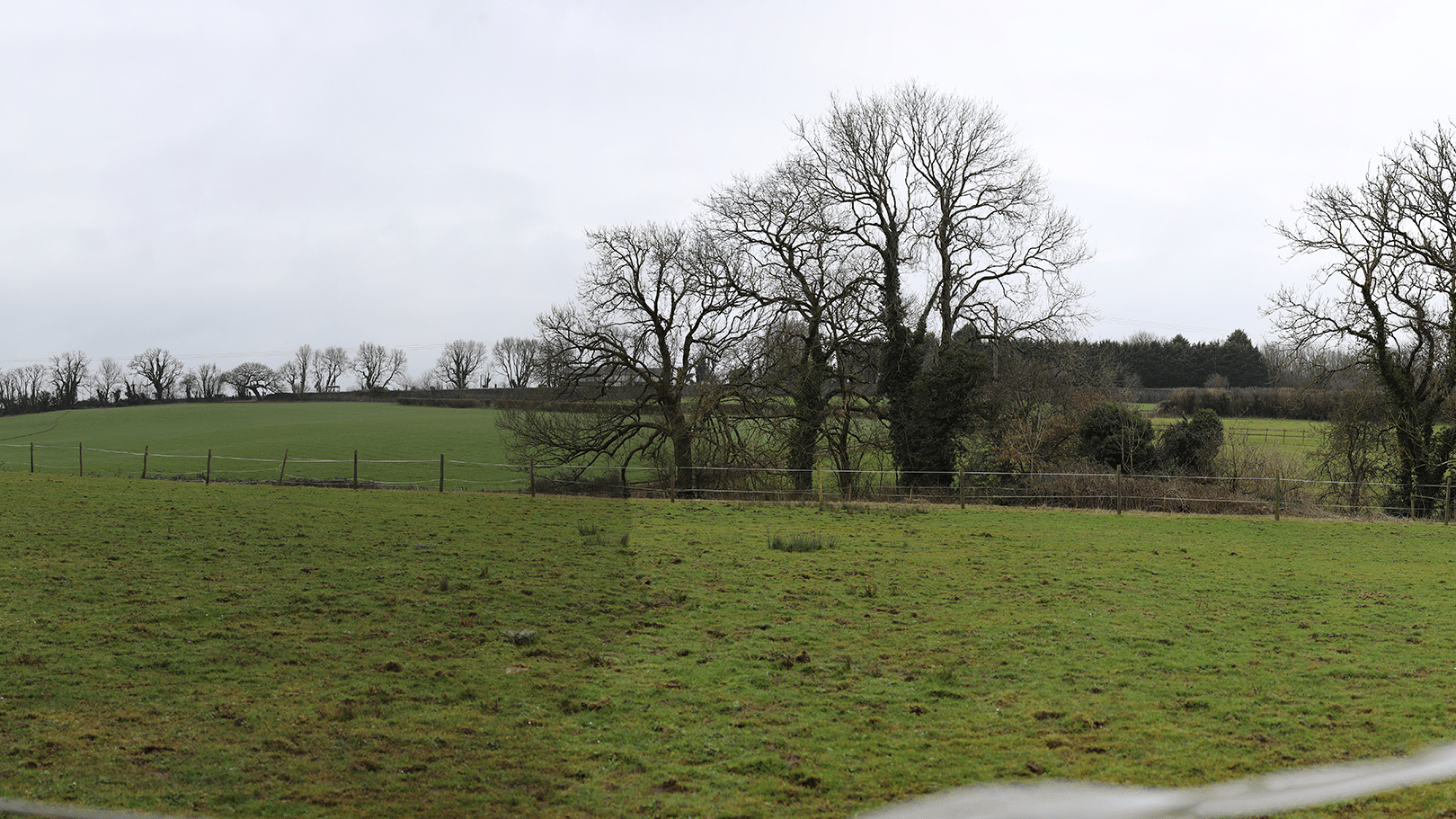
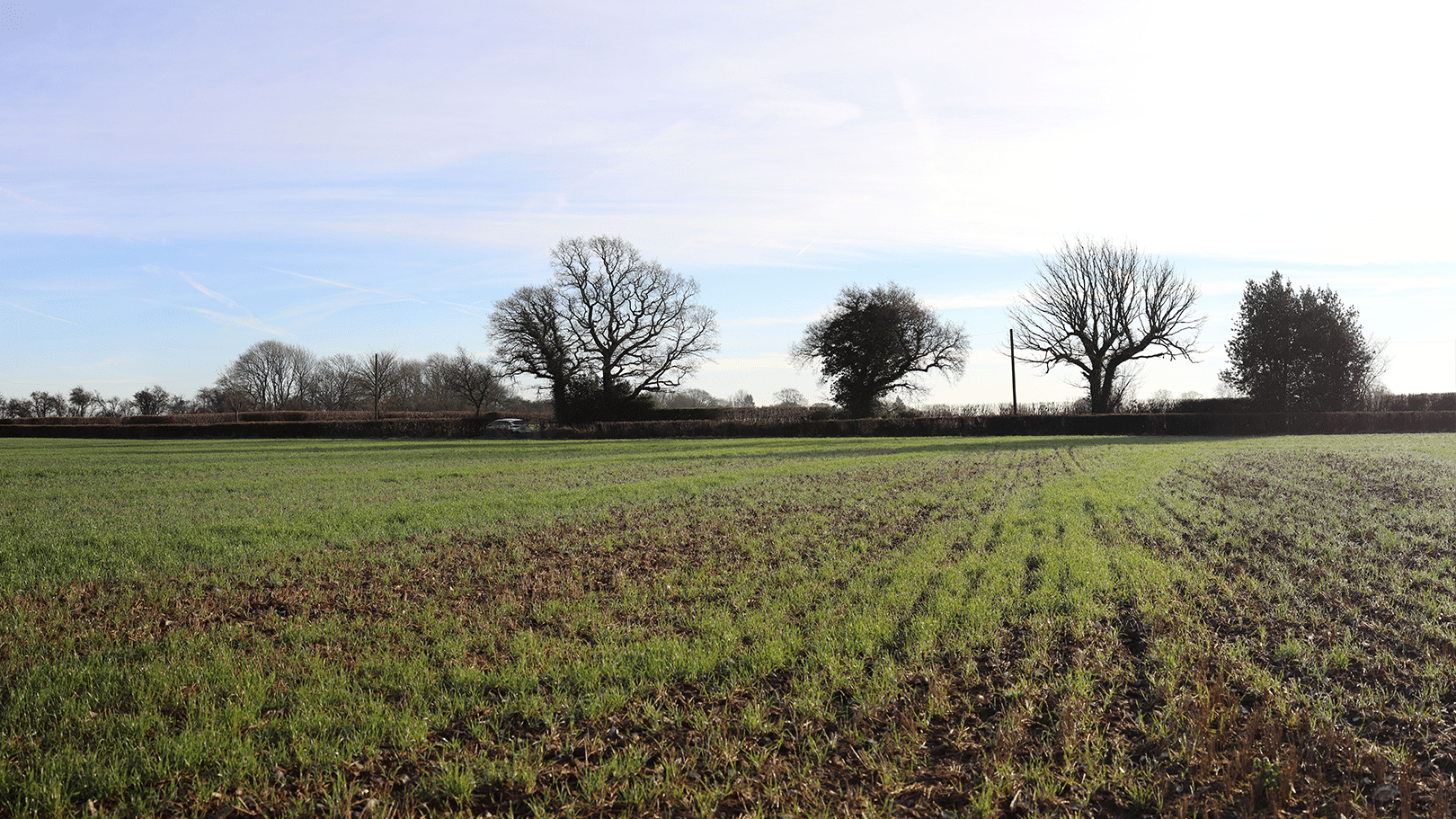

The prevailing character of a place is just as important in an urban setting than a rural one; therefore Townscape Character Assessments can be just as crucial and informative as Landscape Character Assessments. Our landscape team has the knowledge and expertise to be able to effectively carry out a townscape character assessment. We are able to assimilate elements such as urban pattern, land use, density and massing, building types and heights, open spaces, tree cover and materials into a comprehensive TCA.
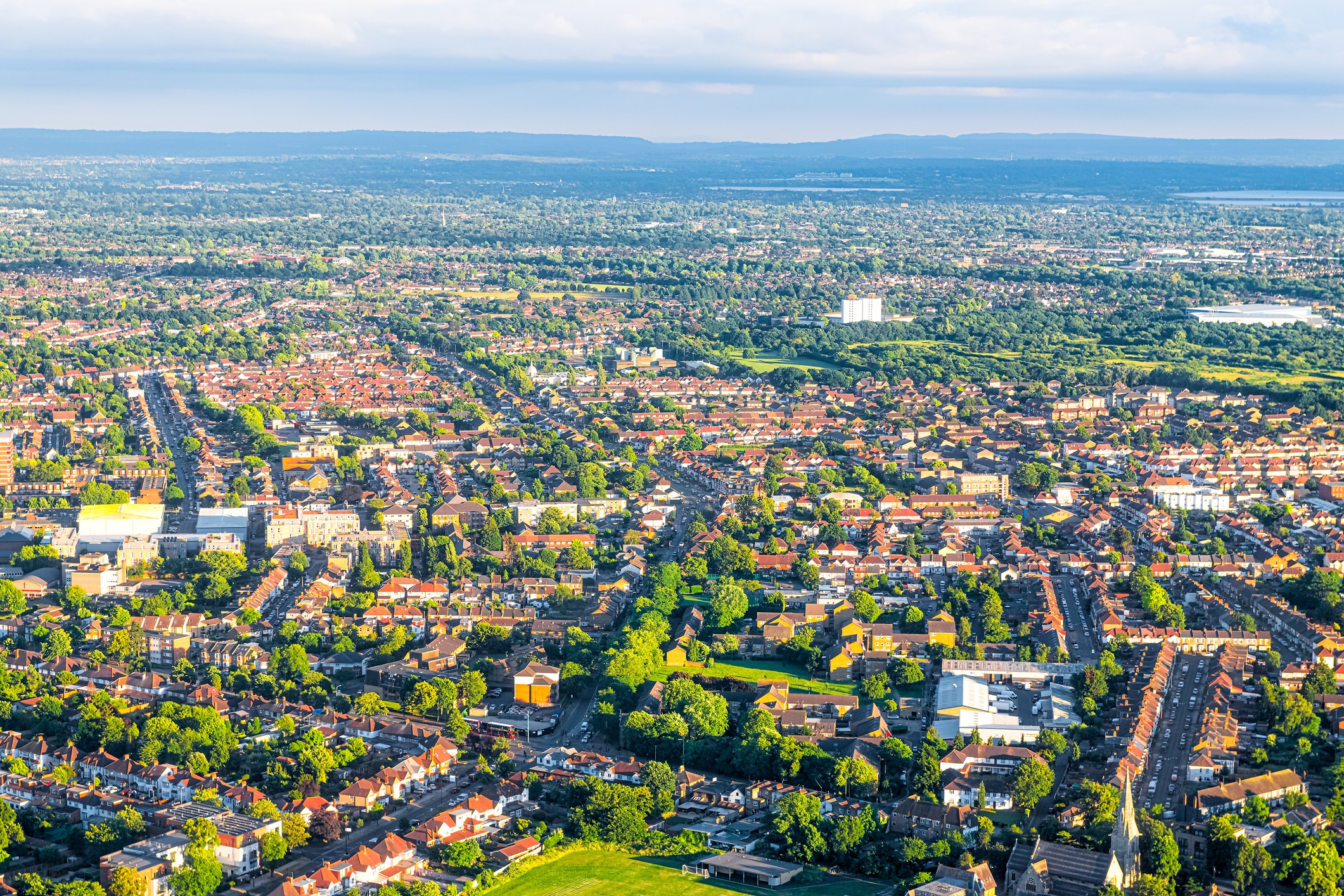
On a macro scale, Green Infrastructure Strategies can be used to ensure an optimum coverage and quality of open space within an area, whether it’s a large site, settlement, district, county or region. We are trained and experienced in the production of Green Infrastructure Strategies, which look at the existing provision of green infrastructure and open space within a given area, assess the quality and contribution of the resources at present to the wider area and then identify gaps and deficiencies before setting out strategies and plans to address this.

This session provided invaluable insights into key ecological methodologies, species-specific survey techniques, and best practices to ensure compliance with legislation and industry standards. This equips our new seasonals for the season ahead.

We had the privilege of hosting Steve Brown from Dragonfly Habitat Bank in our office. Our Consultant Ecologist, Lloyd Wyatt shares his experience from the CPD session.

We recognise the importance of International Women’s Day on 8th March, as we achieve an equal split between male and female members in both our senior and middle management, as well as across the wider company.